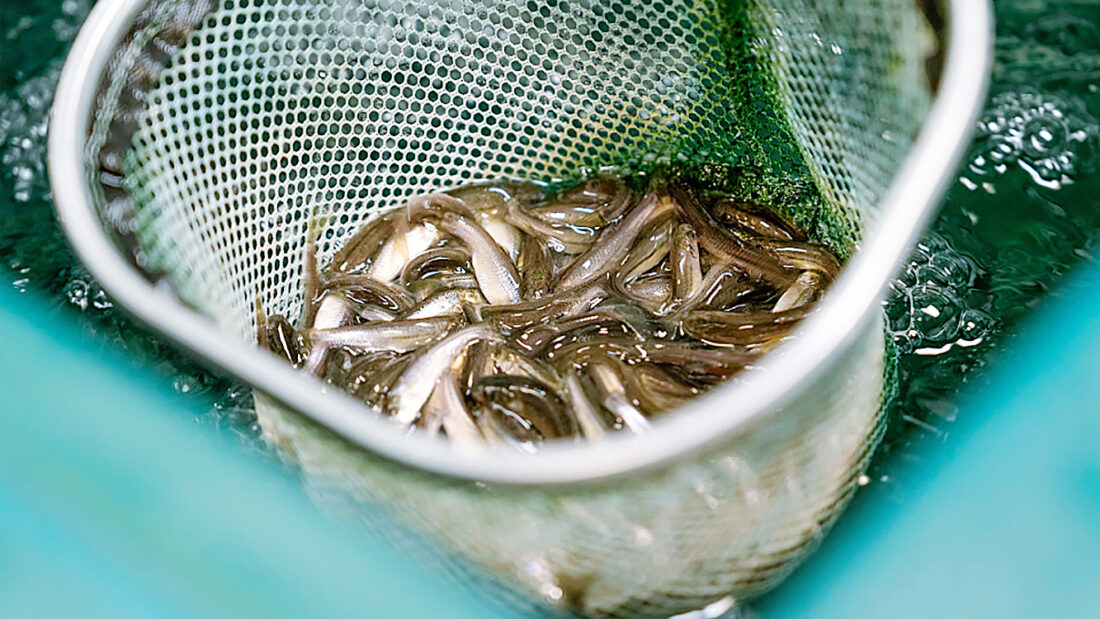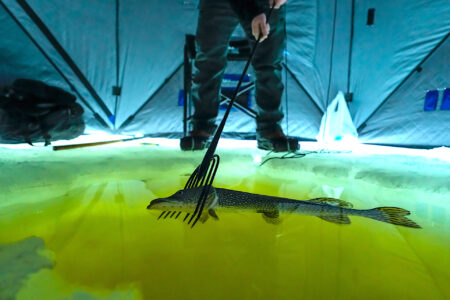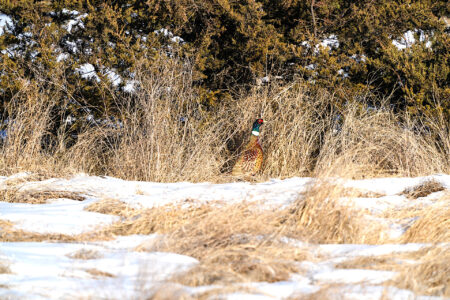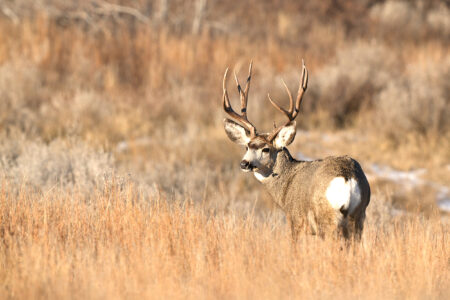NORTH DAKOTA OUTDOORS: A little bit about baitfish in North Dakota

Submitted Photo In North Dakota legal live baitfish species are fathead minnows, creek chubs and sticklebacks. Photo from NDGF.
In my job, I try to consume as much outdoors media as possible. You’ve got your favorites and so do I. I’ll acknowledge my bias with North Dakota OUTDOORS, the Game and Fish Department’s official magazine.
Many wrongly assume there’s some dark web communication within the Game and Fish Department. Like most businesses, agencies and organizations we have your usual channels of email, phone and text. But when it comes to learning about what projects, topics and issues the Department is working on, I utilize the same information available to you at the Department.
I find myself reading and rereading. Like you, I’m learning as I go, but it also serves to create topics for purposes. Recently, when I was reading about fathead minnows and bait, I was taken back to the banks of the Sheyenne River years ago where my friend “Big Gene” was a legend. He knew the spots.
We didn’t have onX. Pinning a spot was remembering a little shade, drain and drop off. We also didn’t have to worry about having mobile connections or dropping our phone in the river. Gene knew the bends, eddies, holes and cut banks where the best and most bait would be hiding. We’d start downstream and work the current and edges to seine the bait. We’d pull the catch over to the shore and sort through the take and load up old Styrofoam coolers with the good stuff. We toss back the rough bait, along with assorted clams, trophy smallmouth and properly discard the glass and trash that could potentially cut our feet and turn the bait run into a first aid lesson.
I wish I could ask him why we went where we did and how Gene learned, but like any friends who are no longer with us, there’s more questions than answers. The memories are fading, but the smiles never have.
Gene had a big, old chest freezer at his house that was converted into a bait house. The rouge bait and mud that would offend many was a virtual piggy bank. I know Gene was never rich in the things of the world, but he had a hobby, a boat and a smile as big as a Barnes County summer sunset.
Bait definitions, regulations and miscellaneous
– North Dakota had 34 wholesale bait trappers licensed to trap in 2024. Brook sticklebacks aren’t regarded as premium bait minnows, but they are as prolific and widespread as fathead minnows.
– Legal live aquatic bait are leeches, frogs, salamanders and crayfish species that are native to North Dakota
– Legal live baitfish species are fathead minnows, creek chubs and sticklebacks.
– In addition, live white suckers are legal aquatic baitfish in the Red and Bois de Sioux rivers only. Live rainbow smelt are legal aquatic baitfish when captured only with a dip net, minnow trap or by hand and used in the Missouri River System. All other species of live aquatic bait are illegal.
– The use of game fish and parts thereof are illegal, except yellow perch eyes and trout and salmon eggs.
– All terrestrial bait (live or dead) such as nightcrawlers and waxworms are legal.
– Products manufactured as edible fishing bait and other inert biodegradable substances are legal bait.
– No live baitfish (e.g. fathead minnows) may be used or possessed on the waters listed below. All other legal live bait (e.g. nightcrawlers, leeches, etc.) can be used.
Waters where live baitfish is NOT allowed
Water area
– Bylin Dam/Dougherty Dam
– Camels Hump Lake
– Indian Creek
– Lightning Lake
– Nelson Lake
– North Lemmon Dam
– Raleigh Reservoir
– Ryan Park Pond
– Sheep Creek Dam
– Velva Sportsmen’s Pond
For the Red and Bois de Sioux rivers up to the first vehicular bridge or crossing on any of their tributaries: legal live baitfish are fathead minnows, creek chubs, sticklebacks and white suckers.
Statewide – in all other water bodies of North Dakota not listed above, the only legal live baitfish are fathead minnows, creek chubs and sticklebacks.
Exception – rainbow smelt may be taken on the Missouri River System; however, all smelt taken must be dead when transported.
Doug Leier is a NDGF biologist and a Williston native. He began his career at Lostwood NWR and was a game warden in Bottineau.



